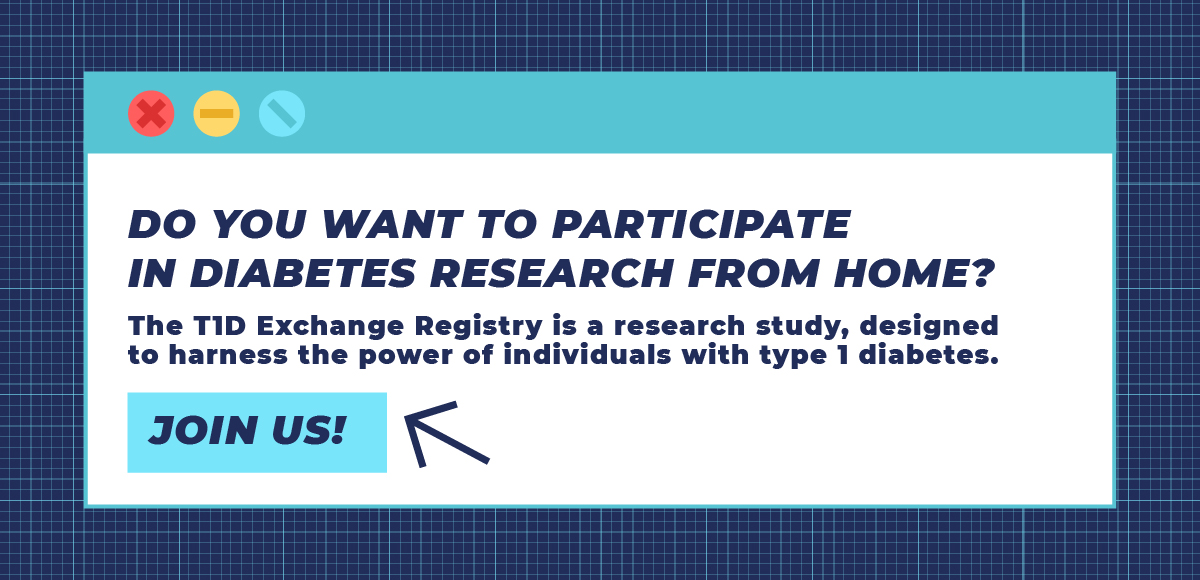
Sign up for a new account.
And get access to
The latest T1D content
Research that matters
Our daily questions
Sign up by entering your info below.
Reset Your Password
Don't worry.
We will email you instructions to reset your
password.
Nestoras Mathioudakis; Risa Wolf; Abha Choudhary; Georgia Davis; Mary Pat Gallagher; Meenal Gupta; Mammohan Kamboj; Nicole Rioles; Emma Ospelt; Susan Thapa; Ruth S. Weinstock; Trevon Wright; Osagie Ebekozien
Background:
Continuous advancements in diabetes technologies have improved self-management for people with type 1 diabetes (PwT1D). Continuous glucose monitors (CGM) and automated insulin delivery (AID) systems have enhanced quality of life and glycemic outcomes while reducing severe hypoglycemia and diabetes ketoacidosis (DKA) hospitalizations. Despite these benefits, racial inequities in the use of advanced diabetes technology (ADT) persist.
Objective:
This study titled “Best Practice Advisories to Reduce Inequities in Technology Use” (BPA-TECH) aims to develop and evaluate a best practice advisories (BPA) within the electronic medical record (EMR) to reduce racial and ethnic disparities in ADT use. We hypothesize that an EMR-based BPA designed to standardize the prescribing of ADTs will minimize racial and ethnic disparities in ADT adoption or progression in use among pediatric and adult PwT1D.
Methods:
The BPA-TECH study will use a non-randomized matched pair-intervention design. Phase 1 will use qualitative methods to develop and refine the BPA, including focus groups and surveys of healthcare providers and PwT1D or their caregivers. Phase 2 will evaluate the effectiveness of the BPA through a controlled before-after study of PwT1D seen at seven T1D Exchange Quality Improvement Collaborative (T1DX-QI) centers, with control PwT1D matched from non-intervention T1DX-QI centers. The baseline and post-intervention periods will be the 12 months before and 12 months after deployment of the BPA at the intervention centers, respectively. Eligibility criteria include PwT1D aged ≥2 years with an EMR diagnosis of T1D for at least 6 months during the baseline period. The primary outcome is the progression in ADT use from the baseline to post-intervention periods.
Results:
This 3-year study began in July 2024. Data collection from key stakeholders for the Phase 1 qualitative research began in August 2024. For Phase 2, we estimate approximately 3,000 eligible non-Hispanic Black and Hispanic PwT1D at intervention centers and 15,000 matched controls. A 15% progression in ADT use is projected based on prior T1DX-QI data. Data on ADT use, A1C, severe hypoglycemic events, and DKA events will be collected via the T1DX-QI coordinating center. We anticipate completion of this study by May 2027.
Conclusions:
The BPA-TECH study aims to leverage health information technology to address racial and ethnic disparities in ADT use among PwT1D. By standardizing the approach to ADT prescribing for PwT1D, the BPA-TECH has the potential to promote equity in diabetes management and improve clinical outcomes. The outcomes of this study will inform future efforts to reduce healthcare disparities.
Related Stories
1 Comment
Implementation and Evaluation of a Best Practice Advisory to Reduce Inequities in Technology Use for People with Type 1 Diabetes: Protocol for a Mixed Methods and Non-Randomized Controlled Trial Cancel reply
You must be logged in to post a comment.








This study sounds like a valuable step toward improving equity in healthcare through smart technology integration. It’s encouraging to see targeted efforts being made to close gaps in access and outcomes for people with type 1 diabetes. On a lighter note, if you’re someone who enjoys quality design and innovation, not just in healthcare tech but also in lifestyle products, you might want to explore the RandM Tornado. Known for their sleek design and rich flavors, RandM Tornado vapes like the 7000, 9000, and 12000 models offer a premium vaping experience in Germany. It’s a perfect mix of elegance and performance that’s hard to overlook.
Hope both innovation in health and lifestyle continue to thrive side by side!